WELCOME To My
Hello everyone I am doing well and hope same for you today I am going to share some pictures with click by me with the help of my smartphone
The process of making bricks is done in several stages, which is very complex and laborious work. From the making of bricks to the cooking of bricks, we will know through this article.
Excavation:- Soil is dug out from the ground. Then it is spread on flat ground.
Cleaning: - Cleaning of soil is done by separating stones, pebbles, vegetable matter etc. from the soil obtained in the process of excavation. If these particles remain in excess, the soil is washed and tested. In the quilling process, the clay is brought to an appropriate degree of hardness and made suitable for the next operation of molding. The required amount of water is added to the soil, usually for the manufacture of fine bricks on a large scale, clay is kneaded in a pug mill.
Hand Moulding:- In hand moulding, ie bricks are molded by hand. It is adopted where wages are cheap and readily available for the small scale brick manufacturing process. Molds are rectangular boxes that open at the top and bottom. They can be of wood or steel. The ground is first leveled and fine sand is sprinkled over it. The mold is immersed in water and placed on the ground.
A brick moulder can mold around 750 bricks per day with a working duration of 8 hours. When such bricks are sufficiently dry, they are taken and kept in the drying shed. Bricks prepared by immersing the mold in water each time are known as sloping bricks. In another process, instead of submerging the mold in water, fine sand or ash can be sprinkled onto the inner surface of the mold. Such bricks are known as sandcast bricks and have sharp and straight edges.
This is a very important function in the manufacture of bricks. It provides hardness and strength to the bricks and makes them dense and durable. Bricks should be cooked properly. If bricks are overcooked, they become brittle and therefore break easily. If they are undercooked, they will be soft and therefore will not be able to bear the weight. When the low red heat temperature rises to about 650 °C, the organic matter in the brick is oxidized and the water of crystallization is also released.
The furnaces are rectangular or circular. They are provided with permanent walls and closed tight ceilings. Kiln floors have openings that are connected to a common chimney stack by means of flues.
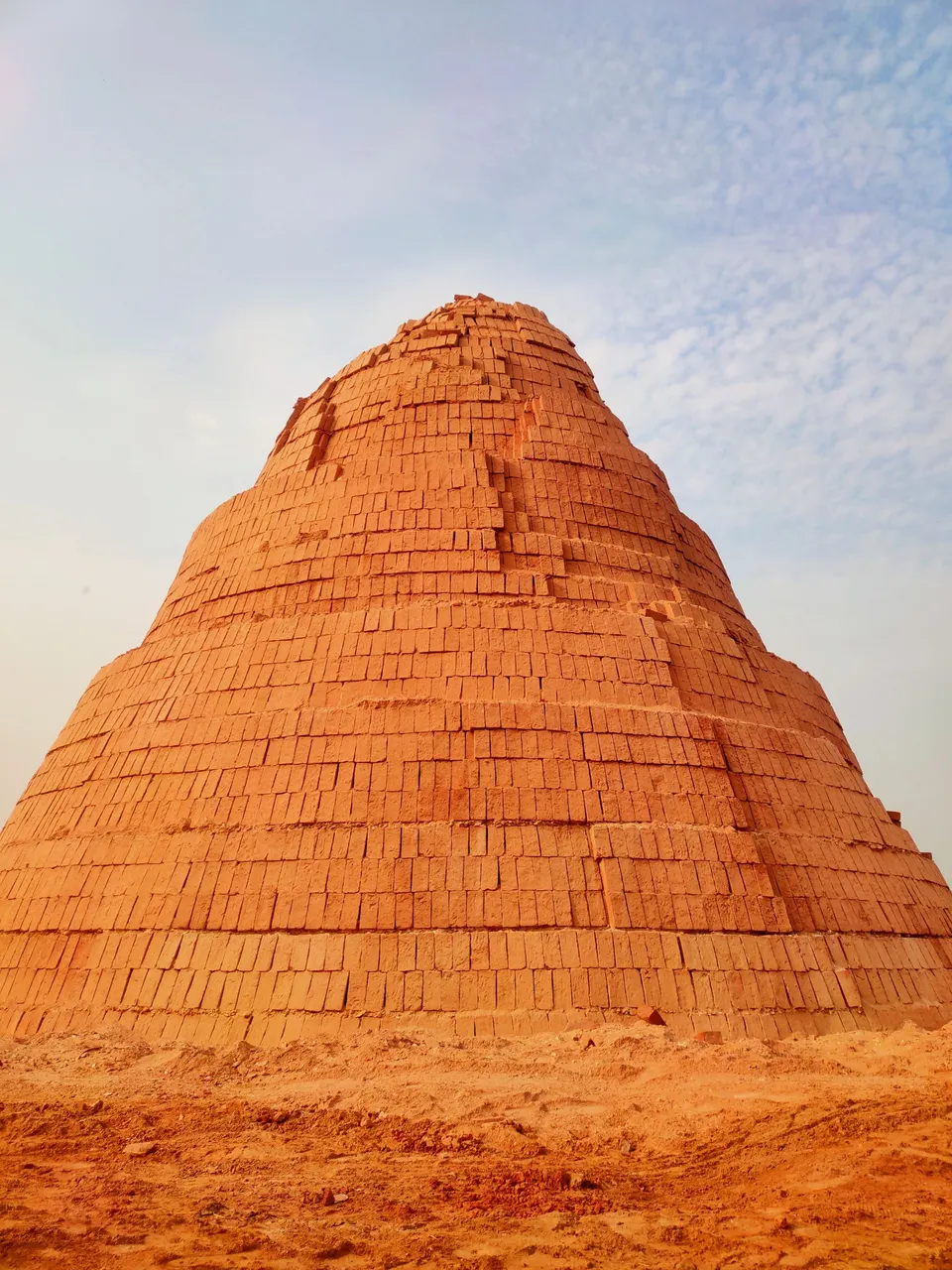
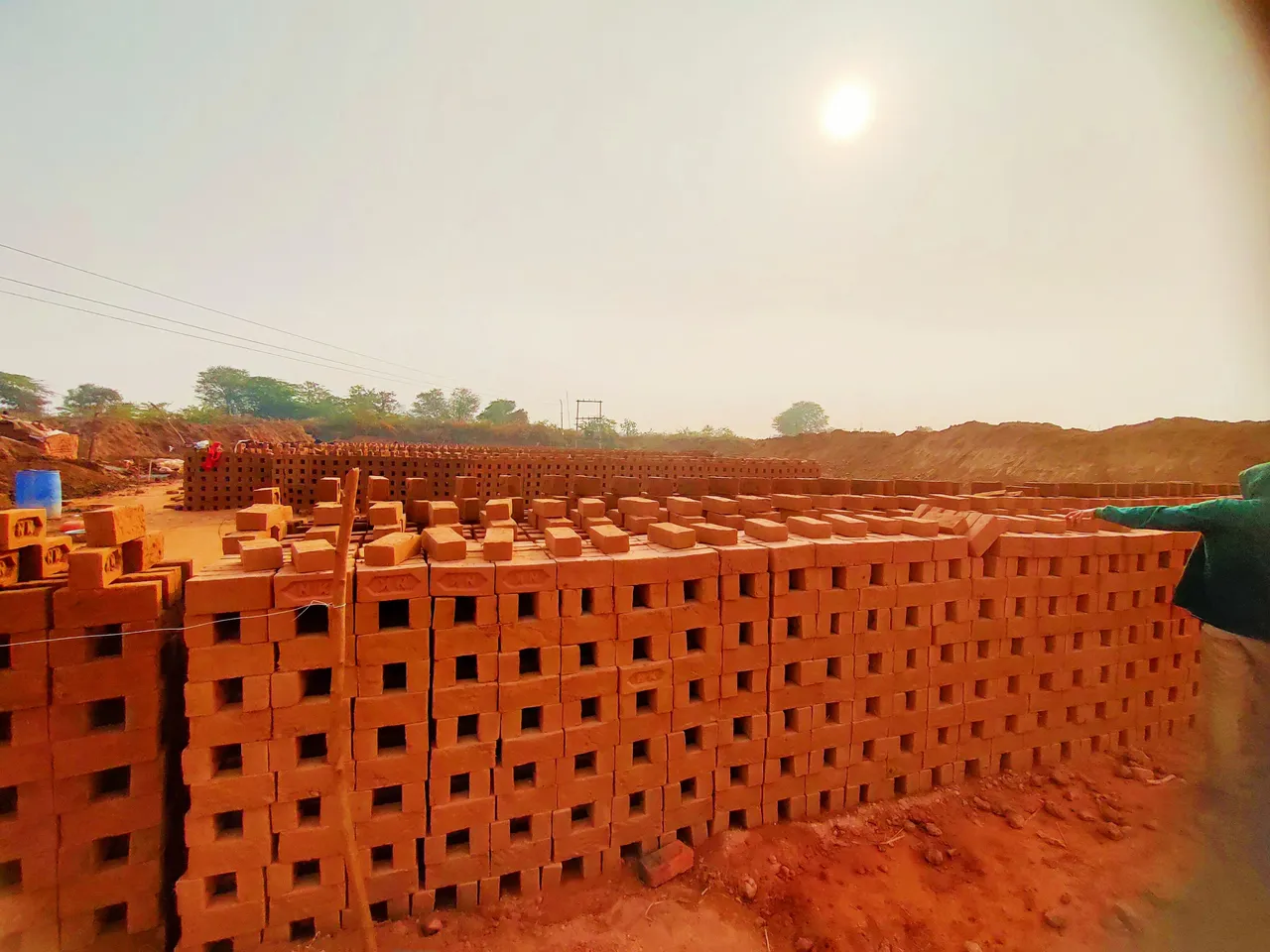
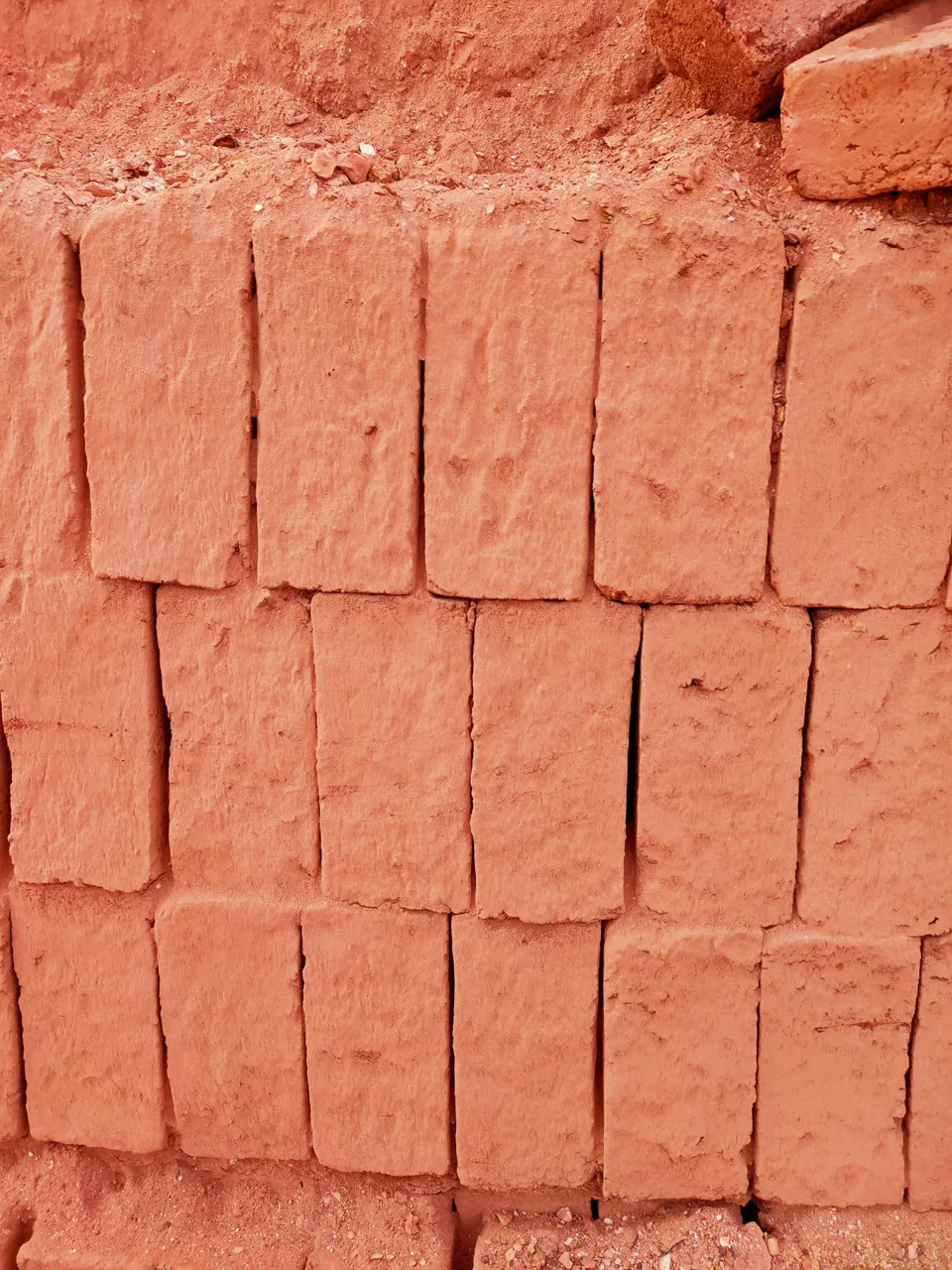
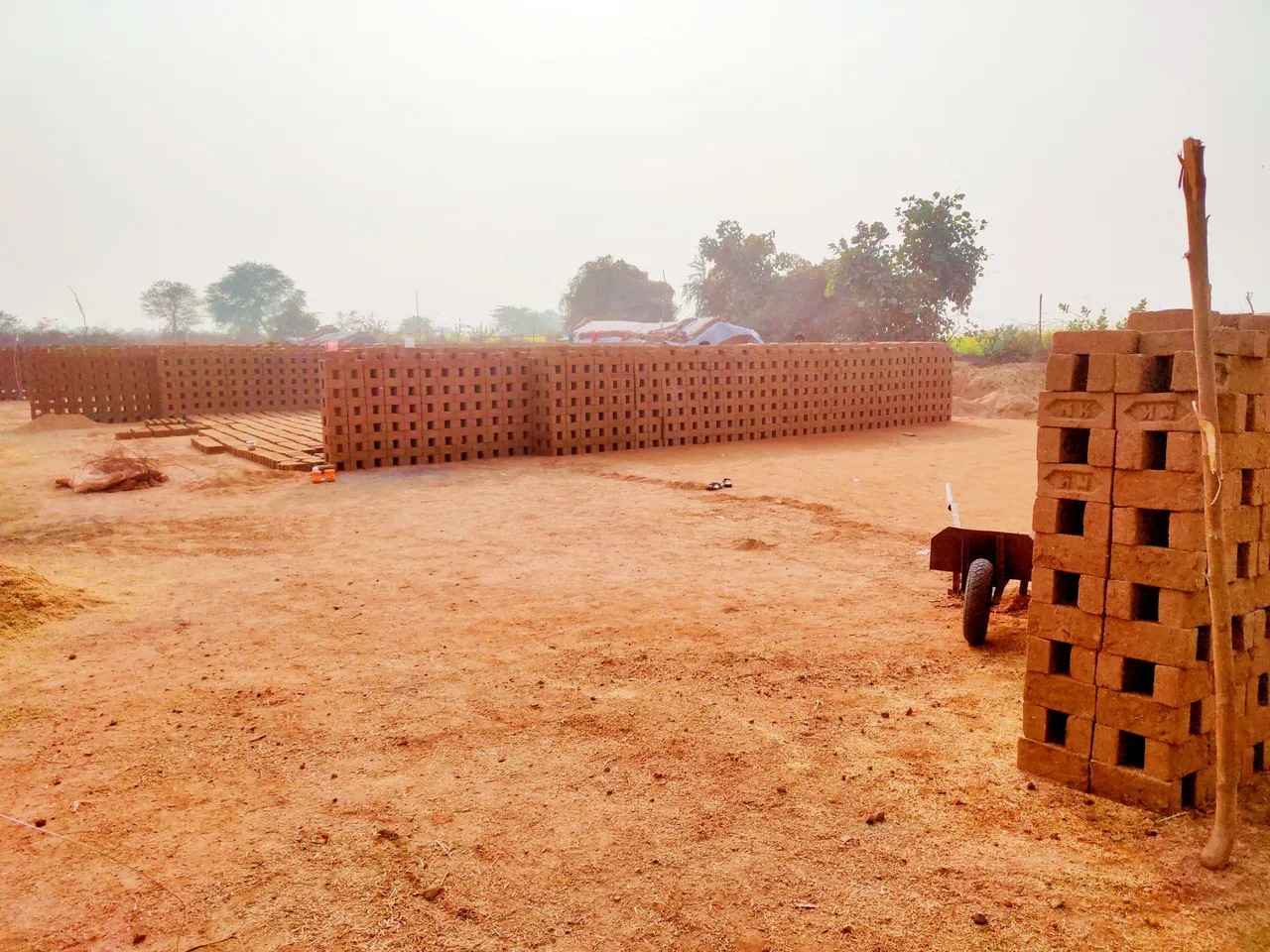
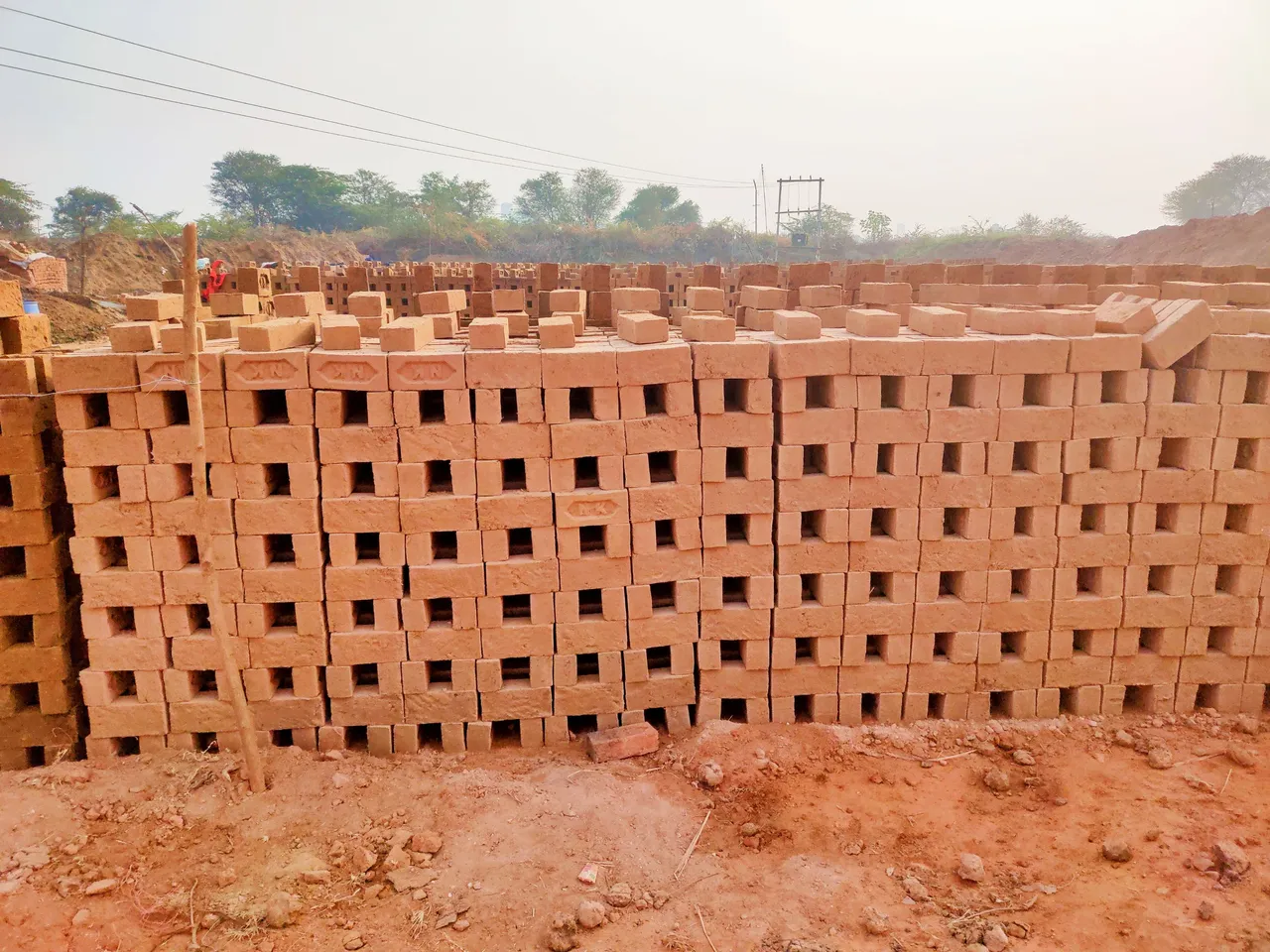
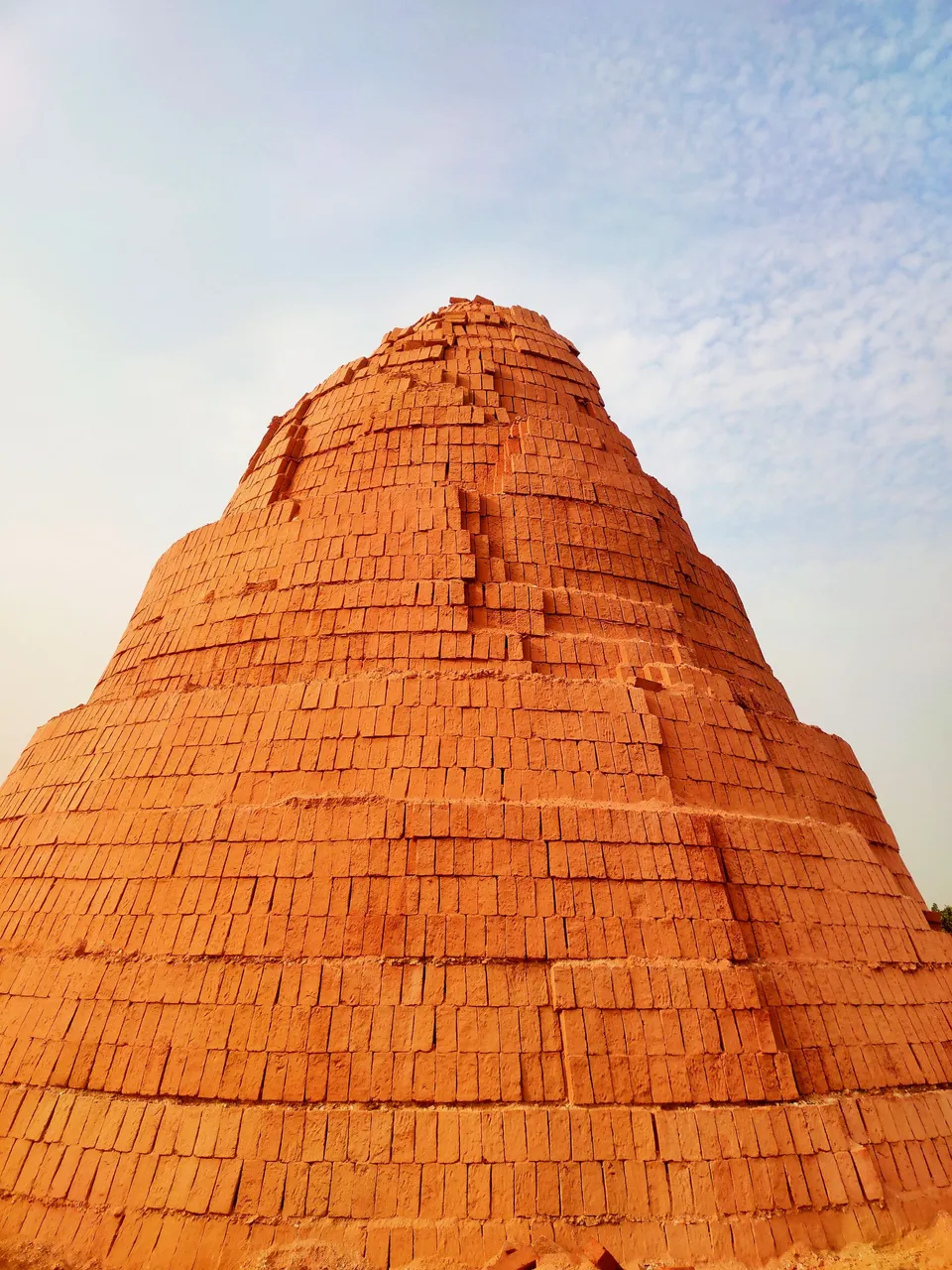
For giving your precious time to my blogs...
Thankyou🤗
If you enjoyed it, then go for....
Thumb's Up👍
Just go & write your views
Love 💕
Like 👍
Comments✍